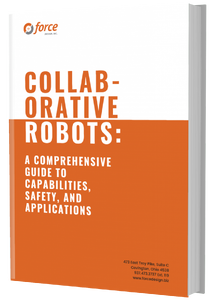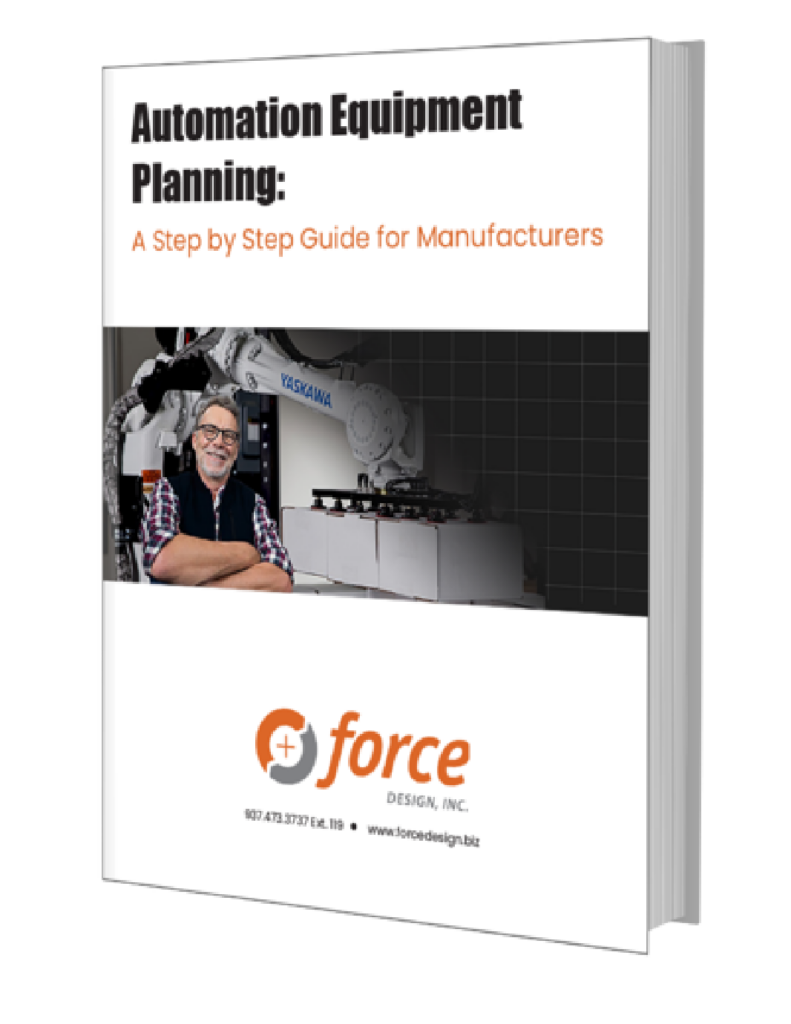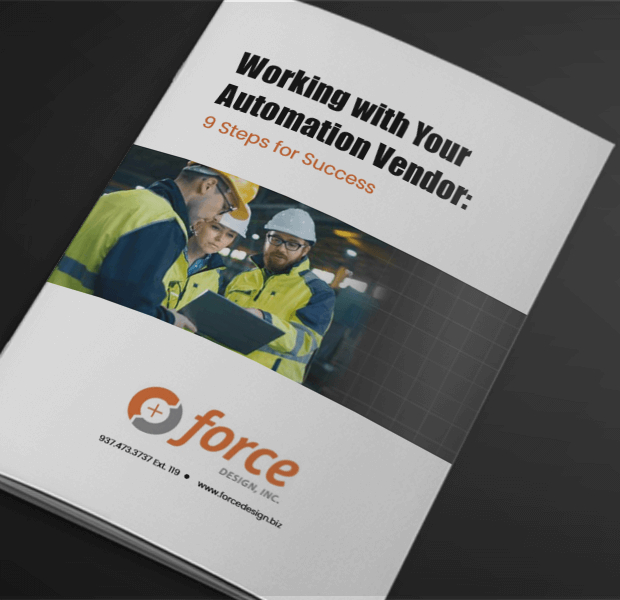E-BOOK
How to Automate Packaging
Packaging finished parts and products is usually a labor- and spaceintensive part of any production line: final inspection, setting up cartons, filling and sealing packs, transferring cartons to a pallet or other area for shipping, etc. Supplies, workstations, and traffic flow all take up valuable floor space that could be better utilized.
Then there are risks to employees from sharp tape cutters, hot glue guns, repetitive motion injuries, lifting and reaching, and fatigue. This leads to job dissatisfaction at best, errors and injuries at worst. It’s no wonder companies have a hard time filling positions and retaining workers in these roles.
For these reasons, packaging operations are one of the first areas employers look to when considering automation and robotics. But what are the options and the advantages? What is involved in the transition, and where do you even start? This guide has all the details you need to know to get started with end-of-line packaging automation.


